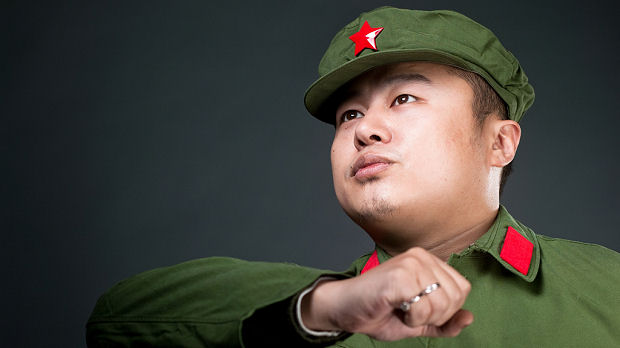The Long March: China’s Communist Party at 90
From Cultural Revolution to the Gang of Four, from Tiananmen Square to Harmonious Society – we look back over the 90-year history of the Chinese Communist Party.

1 July, 1921
Communist Party of China founded in Shanghai.
1927
Nationalist leader Chiang Kai-shek launches attacks on Communist strongholds in Shanghai. The party goes underground.
1934-35
Mao Zedong begins ascent to power during the Long March, a series of retreats by the Red Army to evade Chiang’s pursuing Nationalist forces.
1936
The nationalists join with Communists to defend against the Japanese threat in north east China. At the end of World War Two, the Communist-nationalist civil war resumes.
1 Oct, 1949
Mao Zedong proclaims establishment of the People’s Republic of China. Chiang Kai-shek and the defeated nationalists subsequently flee to Taiwan.
June 1950 – July 1953
China backs North Korea in the Korean War against US-backed South Korea.
1953-57
China makes “transition to socialism”, nationalising industry and putting farmland under collective control, with economic development helped by Soviet aid.
1958
Mao launches his Great Leap Forward, a campaign to catapult China into advanced socialism by boosting industrial and farm output through collectivisation. The plan collapses and brings widespread famine by 1961 that killed 30 million people by some expert estimates.
Read more of Channel 4 News's reports from China
1961
Relations with the Soviet Union deteriorate over Cold War policy and ideological disputes. China denounces Soviet leadership of the Communist bloc.
1966-76
Mao, fearing that his revolutionary achievements will be betrayed, launches the Cultural Revolution, a violent campaign to rid the country of perceived ideological enemies.
Feb 1972
US President Richard Nixon visits China, curtailing the confrontation between China and the United States that began after 1949.
Sep 1976
Mao dies. His successor, Hua Guofeng, and other veteran officials engineer the arrest of the Gang of Four, the group of officials who want to continue the radical line of the Cultural Revolution.
Hua Guofeng acts as leader for a few years while Deng Xiaoping, purged during the Cultural Revolution, returns to power and comes to back reformist policies.
Dec 1978
Party Central Committee holds Third Plenum meeting, marking the launch of reformist policies that eventually lead to the break of farm communes in favour of family-contract farms and other steps that develop into market reforms.
Jan 1979
US and China reestablish diplomatic relations.
April-June 1989
Students and workers protest for political reform and against corruption on Tiananmen Square in Beijing and also in other cities, before the army crushes the movement on June 4, killing hundreds.
1991-92
Deng takes tour of southern China, accusing central officials of stalling and jeopardising economic reform and relaunching a new wave of market reforms.
March 1993
Jiang Zemin becomes president.
Feb 1997
Deng Xiaoping dies.
2002-2003
Jiang Zemin retires as party chief and then president, opening way to the “fourth generation” headed by Hu Jintao.
2005
National People’s Congress advocates the “Harmonious Society”, a socio-economic aspiration for the establishment of a well-off, middle-class society.
1 July, 2011
The party marks its 90-year anniversary.
